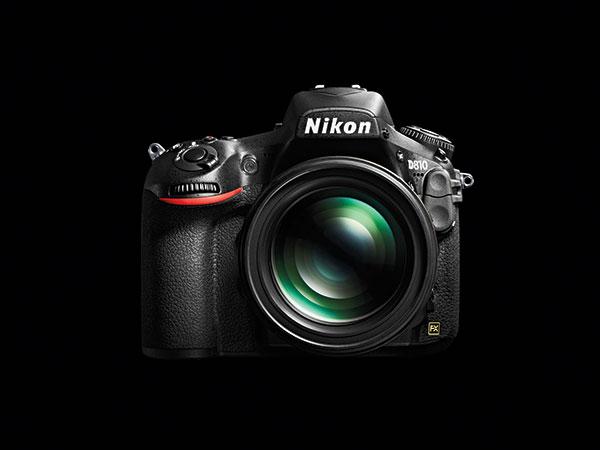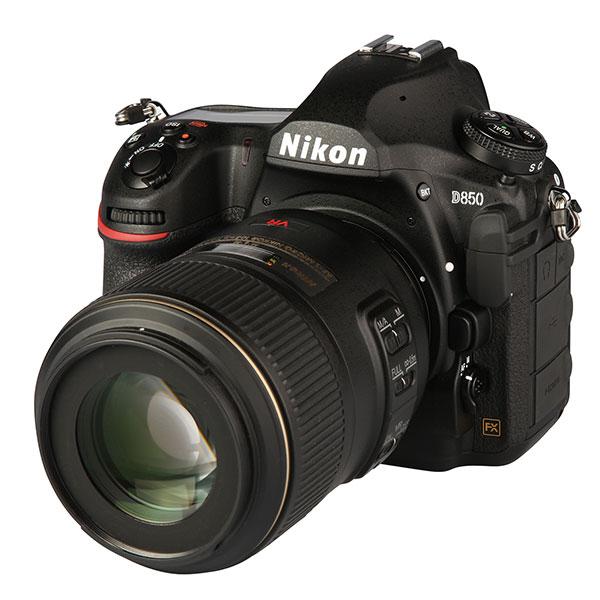DSLR Reviews
Sort By: Post DateTitle Publish Date
|
Jun 10, 2014 |
First Published: May 01, 2014
|
Apr 15, 2015
|
May 10, 2013 |
First Published: Apr 01, 2013
|
Jul 11, 2011 |
First Published: Jun 01, 2011
|
Sep 17, 2013 |
First Published: Aug 01, 2013
|
Mar 27, 2020
|
Aug 20, 2012 |
First Published: Jul 01, 2012
















